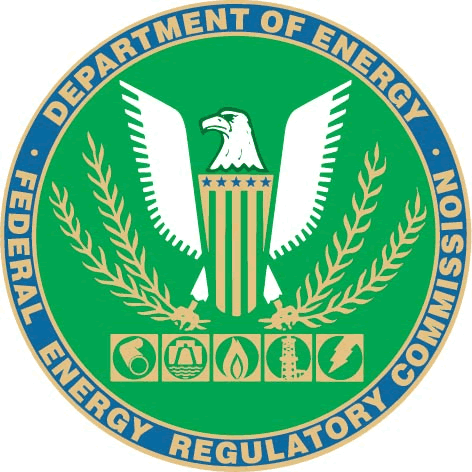FERC Issues Draft EIS for PennEast Pipeline Project

The Federal Energy Regulatory Commission has released a draft environmental impact statement (EIS) for the PennEast Pipeline Project proposed by PennEast Pipeline Company, LLC. The EIS has been prepared in compliance with the requirements of the National Environmental Policy Act (NEPA), the Council on Environmental Quality regulations for implementing NEPA (40 Code of Federal Regulations [CFR] 1500–1508), and FERC regulations implementing NEPA (18 CFR 380).
FERC staff determined that construction and operation of the Project would result in some adverse environmental impacts, but impacts would be reduced to less-than-significant levels with the implementation of PennEast’s proposed and FERC staff’s recommended mitigation measures. This determination is based on a review of the information provided by PennEast and further developed from data requests; field investigations; scoping; literature research; alternatives analysis; and contacts with federal, state, and local agencies as well as Indian tribes and individual members of the public. Although many factors were considered in this determination, the principal reasons were:
- About 44.3 miles (26.8 miles in Pennsylvania and 17.5 miles in New Jersey), or about 37 percent, of the 115.1-mile-long pipeline route would be constructed adjacent to existing rights-of-way.
- PennEast would minimize impacts on natural and cultural resources during construction and operation of the Project by implementing its Erosion and Sedimentation Control Plan; FERC’s Erosion Control, Revegetation and Maintenance Plan and Wetland and Waterbody Construction and Mitigation Procedures; and other Project-specific plans (Unanticipated Discovery Plan, Agricultural Impact Minimization Plan, Karst Mitigation Plan, Horizontal Directional Drill [HDD] Plan for Karst Terrain, HDD Inadvertent Returns and Contingency Plan, Unexpected Contamination Encounter Procedures, Spill Prevention Control and Countermeasure [SPCC] SPCC Plan, Blasting Plan, Invasive Plant Species Control Plan, Well Monitoring Plan, and Compensatory Wetland Mitigation Plan).
- FERC staff would complete the process of complying with section 7 of the Endangered Species Act prior to construction.
- FERC staff would complete consultation under section 106 of the National Historic Preservation Act and implementing regulations at 36 CFR 800.
- PennEast would comply with all applicable air and noise regulatory requirements during construction and operation of the Project.
- An environmental inspection program and a third-party monitoring oversight program would be implemented to ensure compliance with the mitigation measures that become conditions of the FERC authorization.
The conclusions and recommendations presented in the EIS are those of the FERC environmental staff. Input from the cooperating agency, the U.S. Fish and Wildlife Service, U.S. Army Corps of Engineers (USACE), the U.S. Environmental Protection Agency; and the U.S. Department of Agriculture – Natural Resources Conservation Service), was considered during the development of staff’s conclusions and recommendations. However, the USACE could develop its own conclusions and recommendations and would adopt the final EIS per 40 CFR 1506.3 (where applicable) if, after an independent review of the document, the USACE concludes that its permitting requirements have been satisfied.
In addition, FERC staff developed Project-specific mitigation measures that PennEast should implement to further reduce the environmental impacts that would otherwise result from construction and operation of the Project.
Comments on the draft EIS must be received in Washington, DC on or before September 12, 2016.
Related News
Related News

- Keystone Oil Pipeline Resumes Operations After Temporary Shutdown
- Freeport LNG Plant Runs Near Zero Consumption for Fifth Day
- Biden Administration Buys Oil for Emergency Reserve Above Target Price
- Mexico Seizes Air Liquide's Hydrogen Plant at Pemex Refinery
- Enbridge to Invest $500 Million in Pipeline Assets, Including Expansion of 850-Mile Gray Oak Pipeline
- Evacuation Technologies to Reduce Methane Releases During Pigging
- Editor’s Notebook: Nord Stream’s $20 Billion Question
- Enbridge Receives Approval to Begin Service on Louisiana Venice Gas Pipeline Project
- Mexico Seizes Air Liquide's Hydrogen Plant at Pemex Refinery
- Russian LNG Unfazed By U.S. Sanctions




Comments